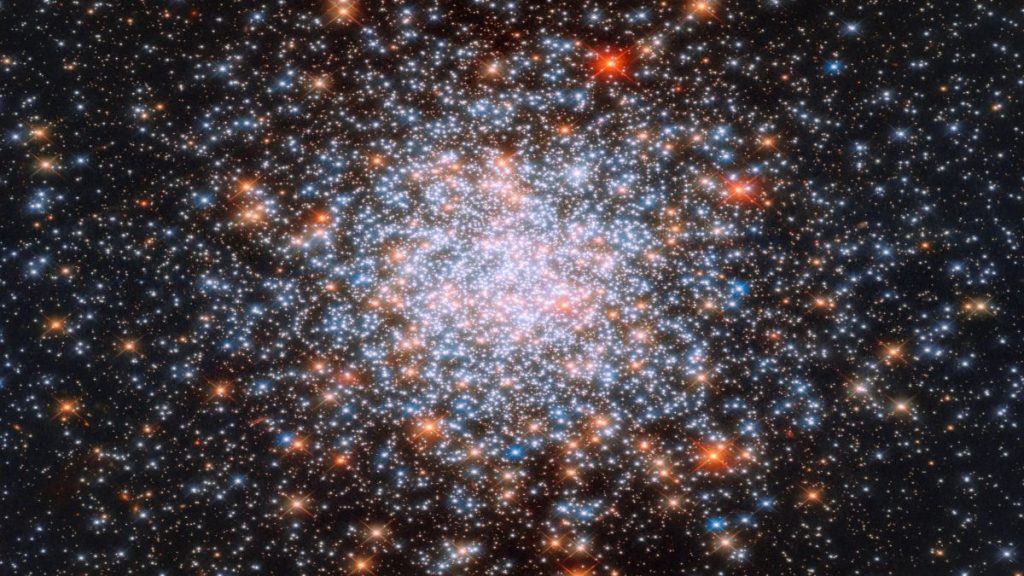Will the universe end in a bang or a whimper? A pair of theoretical physicists have proposed a third path: perhaps the universe will never end.
In a study that attempts to define the nature of dark energy — a mysterious phenomenon thought to be causing the universe to expand faster and faster every moment — the physicists find that cosmic expansion isn’t always a given. Rather, they write, dark energy may periodically “switch” on and off, sometimes growing the cosmos, sometimes shrinking it down until the conditions are right for a new Big Bang to occur — and for a new universe to be born.
The great escape
Our universe is currently experiencing a phase of runaway expansion: the cosmos is getting bigger faster with every passing moment. Cosmologists do not understand the cause of this acceleration, which they name dark energy. If this acceleration persists, then our universe will eventually expand into oblivion, with all matter and radiation torn apart.
This wouldn’t be the first period of runaway growth. In the earliest moments of the Big Bang, the energies and densities were so extreme that existing physics cannot cope — it predicts a singularity, a point of infinite density where the math breaks down. After that, the universe experienced a period of incredibly rapid expansion known as inflation, which is also poorly understood.
Astronomers have long wondered if these two phases of accelerated expansion — one in the earliest moments of the Big Bang and one in the present epoch — are connected to each other, and whether an entity that drives both of them avoids the problem of the big bang singularity.
Dynamical demons
To answer that, a pair of theoretical physicists published a study Feb. 7 in the preprint database arXiv (opens in new tab) which examined a model of the universe where dark energy has always played a role. Previous research modeled dark energy “switching on” at various times to drive cosmic expansion, but the new research proposes a more realistic model that includes matter and radiation.
They wanted to see if dark energy can avoid a Big Bang singularity, drive inflation, and accelerate the late universe. To avoid that initial singularity, the universe can’t begin from a point of infinite density. Instead, the universe we live in would have to be one in an infinite series of repeated “Big Bounces.”
In this scenario, dark energy drives the universe until it reaches a certain size. But then the dark energy transforms itself, forcing the universe to contract. The cosmos then suffers a big crunch, but right before reaching a state of infinite density, dark energy turns around again, driving a period of incredibly rapid inflation and starting the cycle anew.
A finely tuned mechanism
The researchers found a model of dark energy that performed the trifecta. But crucially, matter and radiation could not be present in the extremely early universe, otherwise they spoiled inflation. Instead, matter and radiation had to appear just after inflation, as a portion of the dark energy decayed away, flooding the universe with light and matter.
While initially successful, the researchers weren’t able to find a generic class of dark energy models that could always lead to the same results. Instead, they had to artificially put in a smaller value for the present-day accelerated expansion than quantum mechanics predicts in order to get the exact right outcome.
However, this new research does point in a promising direction, providing a viable platform for further exploring models like this. Humans are not necessarily destined to live in a cold, empty cosmos, because dark energy might behave differently in the far future. Only continued research will uncover our ultimate fate.

